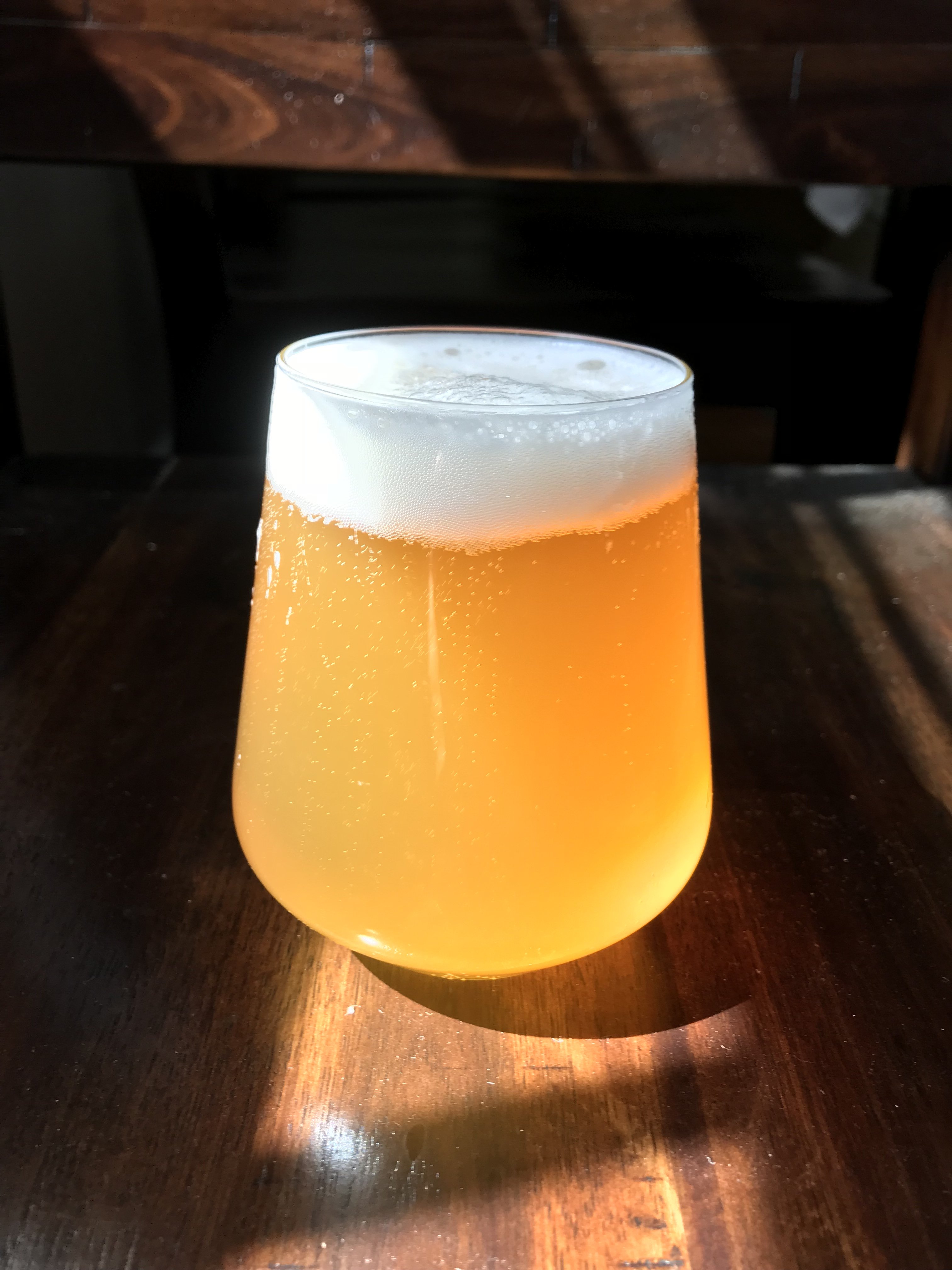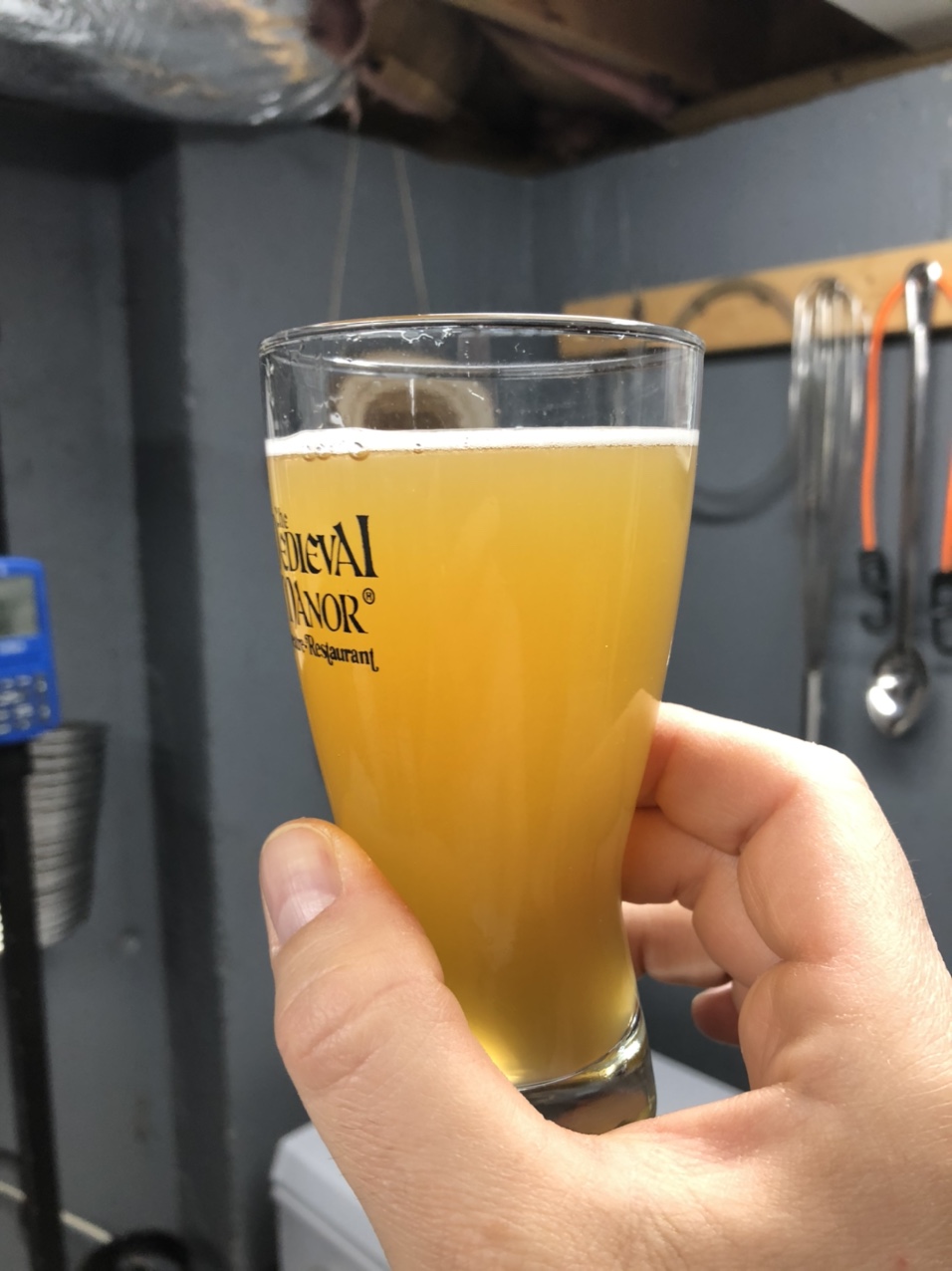BrewnWKopperKat
ʘ‿ʘ
I hadn't considered that...maybe 1/2 wheat DME 1/2 light DME?
Product Information Sheets are "your friend" - find out what malt(s) were used to make that DME.
For example, Briess CBW® Bavarian Wheat DME (http://brewingwithbriess.com/Products/Extracts.htm#BavarianWheat) is already a blend of malts.
































![Craft A Brew - Safale BE-256 Yeast - Fermentis - Belgian Ale Dry Yeast - For Belgian & Strong Ales - Ingredients for Home Brewing - Beer Making Supplies - [3 Pack]](https://m.media-amazon.com/images/I/51bcKEwQmWL._SL500_.jpg)




























![20191229_131823[1].jpg 20191229_131823[1].jpg](https://cdn.homebrewtalk.com/data/attach/600/600170-20191229-131823-1-.jpg)
![20191229_132922[1].jpg 20191229_132922[1].jpg](https://cdn.homebrewtalk.com/data/attach/600/600171-20191229-132922-1-.jpg)
![20191229_133208[1].jpg 20191229_133208[1].jpg](https://cdn.homebrewtalk.com/data/attach/600/600173-20191229-133208-1-.jpg)
![20191230_195454[1].jpg 20191230_195454[1].jpg](https://cdn.homebrewtalk.com/data/attach/600/600174-20191230-195454-1-.jpg)
![20191230_200050[1].jpg 20191230_200050[1].jpg](https://cdn.homebrewtalk.com/data/attach/600/600175-20191230-200050-1-.jpg)
